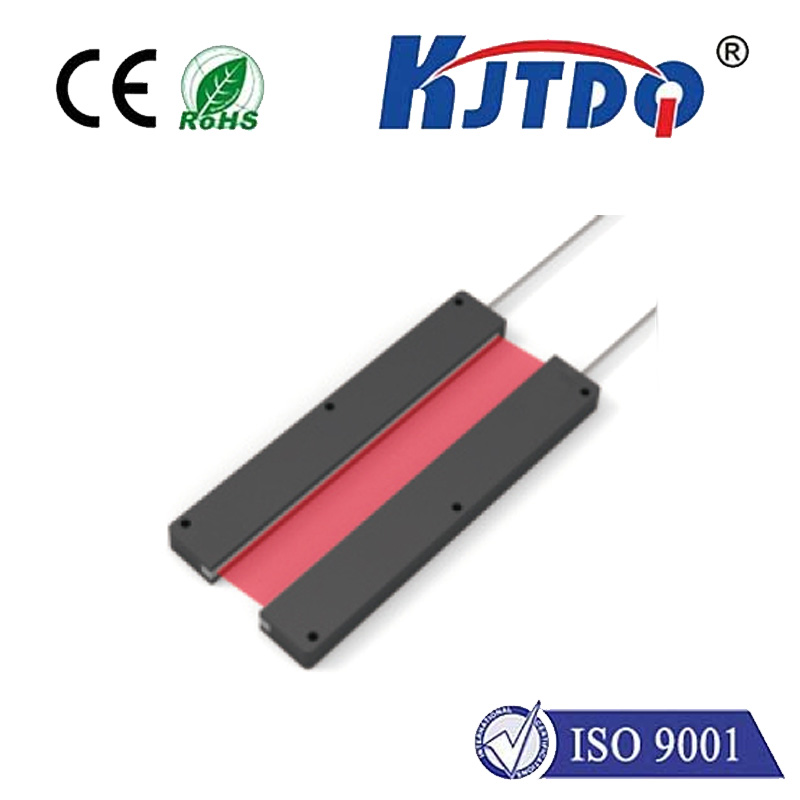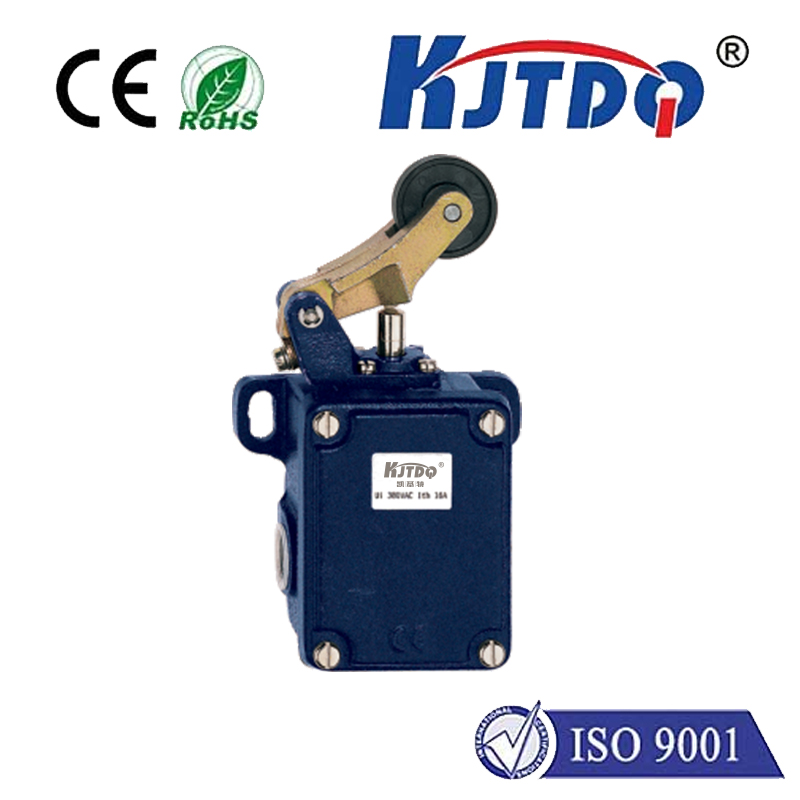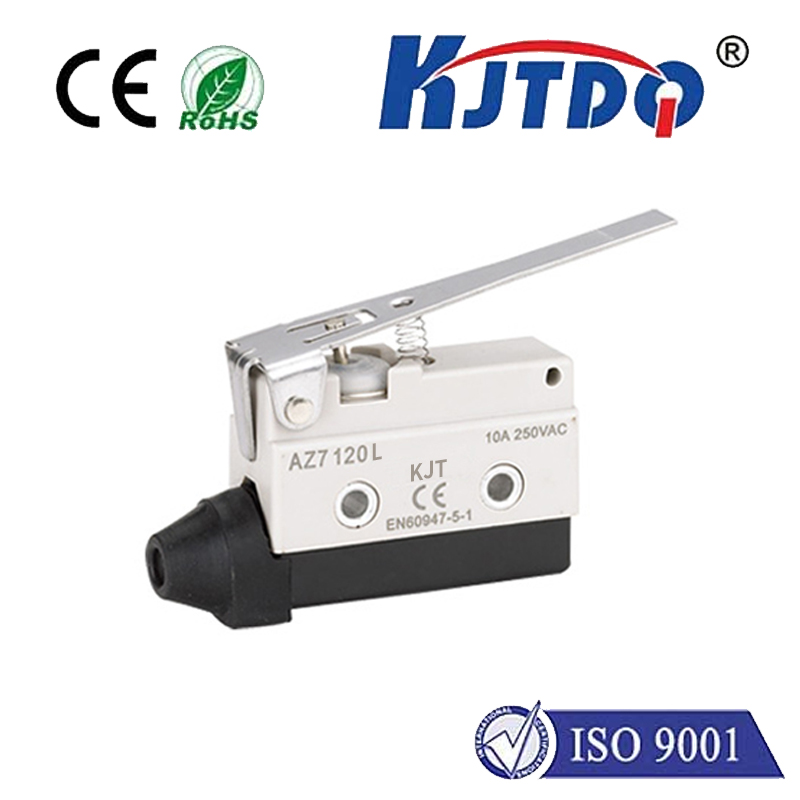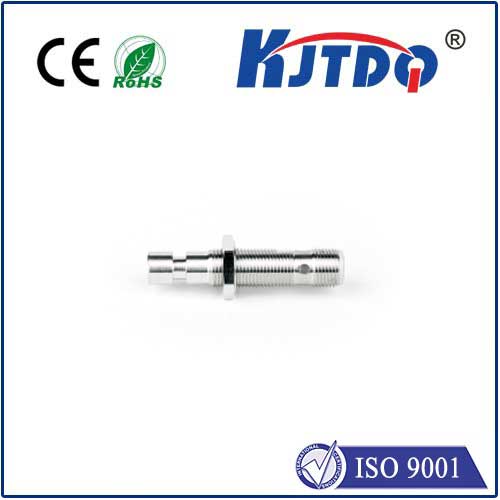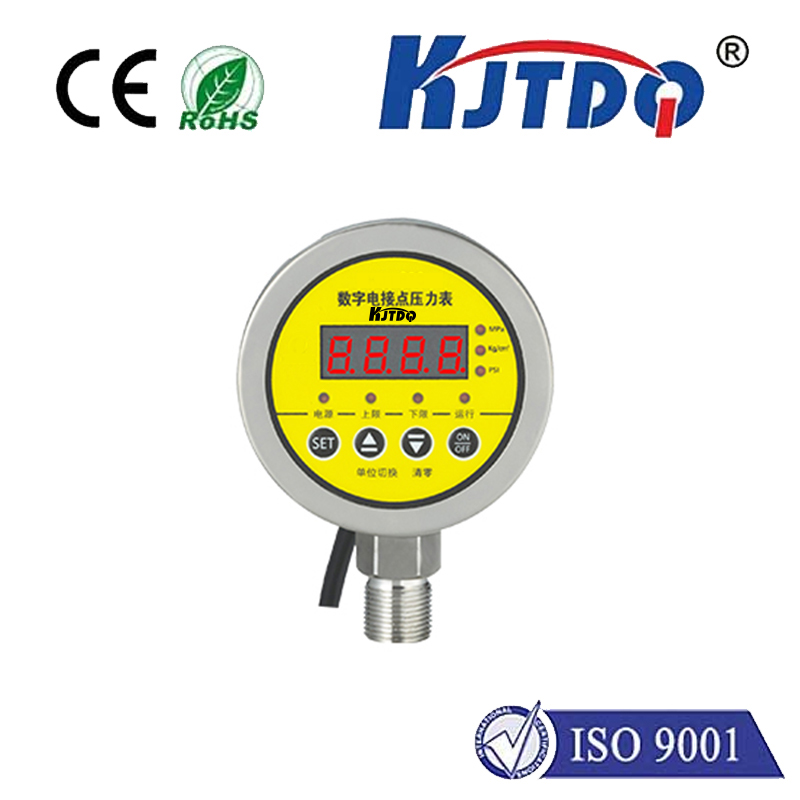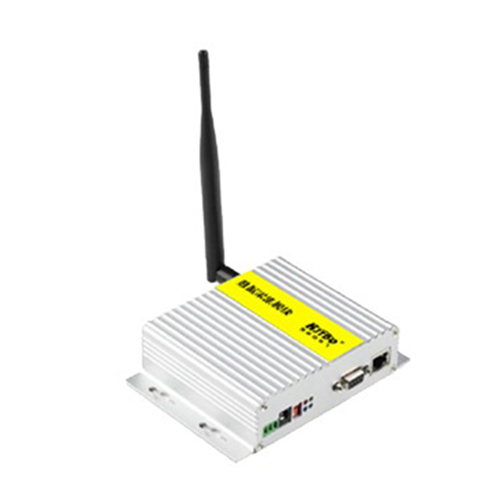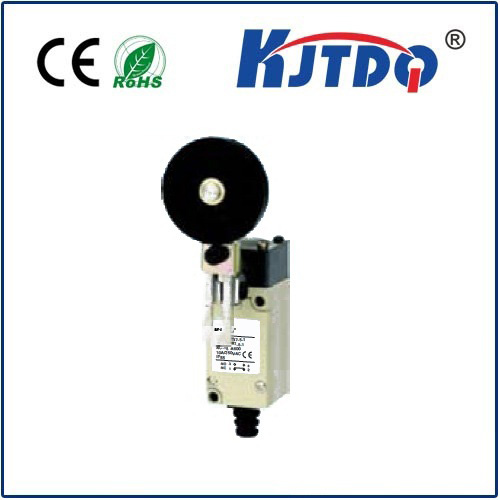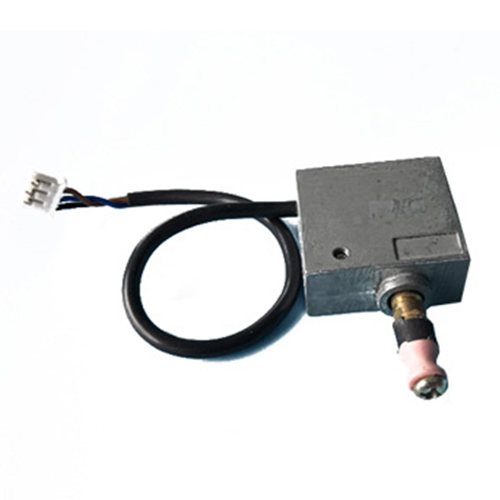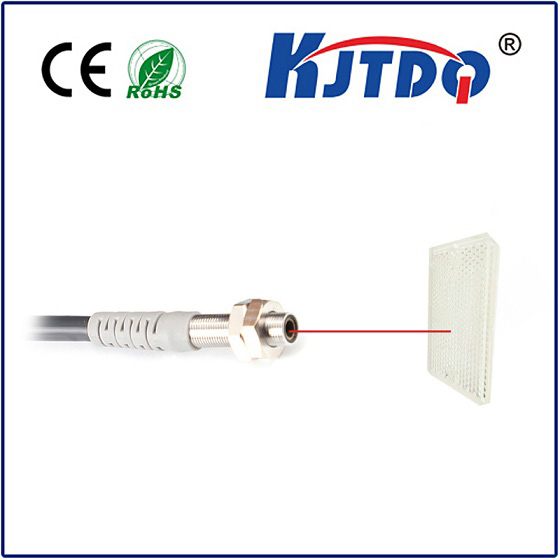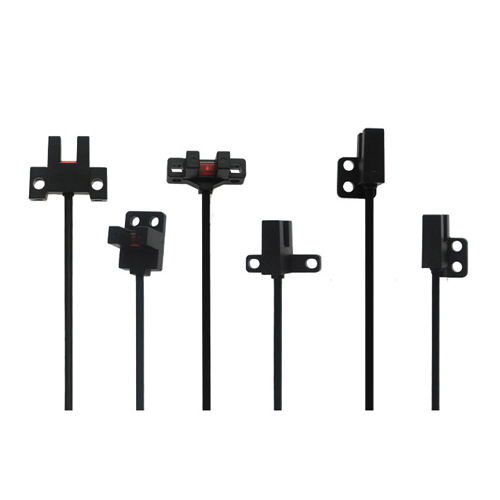

check

check

check

check

check

check

check

check

check

check
Limit switches are essential components in various industrial automation applications. They act as a safety mechanism to ensure machinery operates within its intended range of motion. A limit switch sensor type is the specific technology used to detect mechanical motion or presence without physical contact. This article will delve into the different types of limit switch sensors, their functionalities, and applications.
Photoelectric Sensors: The Non-Contact Approach
Photoelectric sensors use a beam of light to detect the presence of objects or surfaces. They consist of an emitter that sends out the light and a receiver that detects any interruptions in the beam. These sensors are preferred for high-speed operations and when contamination or wear could affect other sensor types negatively.
Inductive Proximity Sensors: Magnetic Field Detection
Inductive proximity sensors operate on the principle of electromagnetic induction. They use a metal target to disturb an electrical field generated by the sensor, thereby triggering an output signal. These sensors are robust against dirt, dust, and contamination, making them ideal for harsh industrial environments.

Capacitive Proximity Sensors: Measuring Electrical Capacitance
Capacitive proximity sensors detect changes in the capacitance between two conductors. When a target comes near the sensor, it alters this capacitance, resulting in a detectable signal. They can sense non-metallic materials like plastic, glass, and liquids, expanding their application beyond traditional metallic detection.
Ultrasonic Sensors: Sound Wave Measurements
Ultrasonic sensors function by emitting sound waves at frequencies above the human hearing range (hence 'ultrasonic'). They measure the time it takes for these waves to bounce back from an object, determining distance and presence. This type is effective for long-range measurements and can detect through mist, fog, vapor, and pollution.
Hall Effect Sensors: Using Magnetic Fields
Named after their discoverer, Edwin Hall, Hall effect sensors use the influence of magnetic fields on current-carrying materials. When brought near a magnetic field, they generate a voltage that can be measured. These sensors are beneficial in situations where space is limited because of their small size and ability to detect without physical contact.
Choosing the Right Limit Switch Sensor Type
The appropriate choice of a limit switch sensor depends on the requirements of the application. Factors such as the environment, object material, speed of the machine, accuracy needed, and budget all play significant roles. For example, a photoelectric sensor might be chosen for a clean, indoor setting with fast moving machinery, while an inductive proximity sensor would suit dirty, outdoor environments.
Conclusion
Limit switch sensor types are varied and each offers its unique benefits. From photoelectric to Hall effect, understanding these sensors ensures the optimal control and safety mechanisms are implemented within industrial settings. Careful consideration of each sensor's characteristics is crucial to match the demands of the specific application. By selecting the correct limit switch sensor type, businesses can enhance productivity, maintain consistent quality, and ensure the well-being of their operational machinery.
